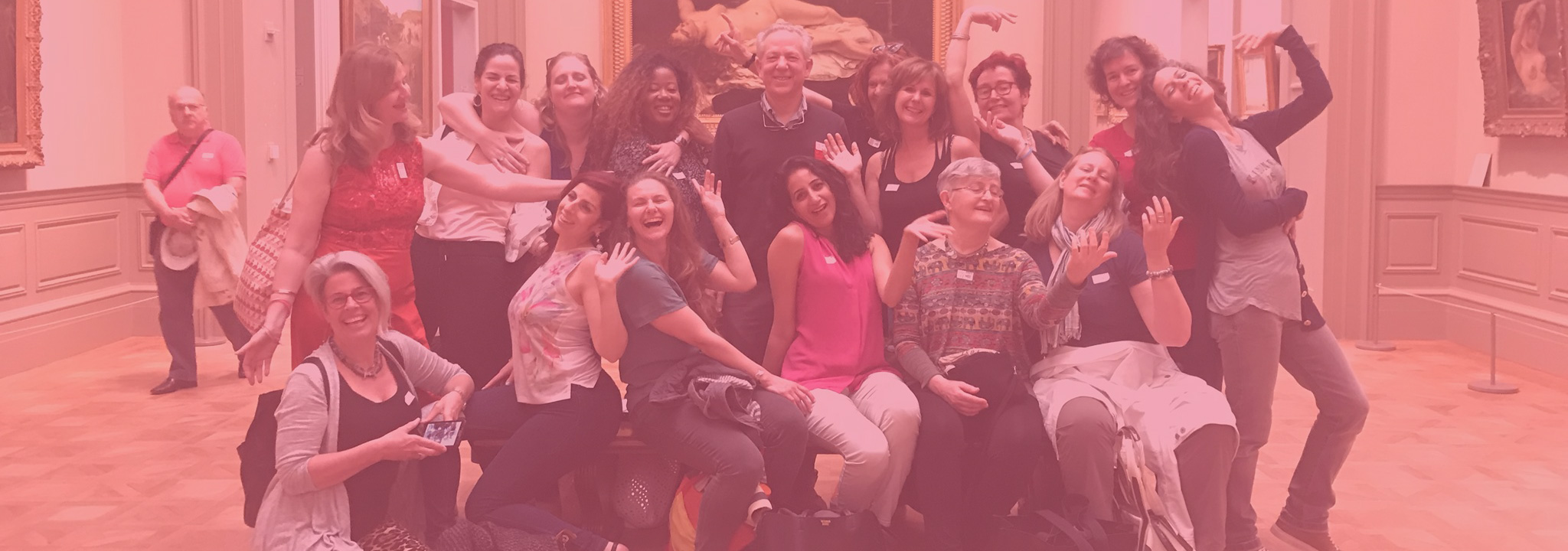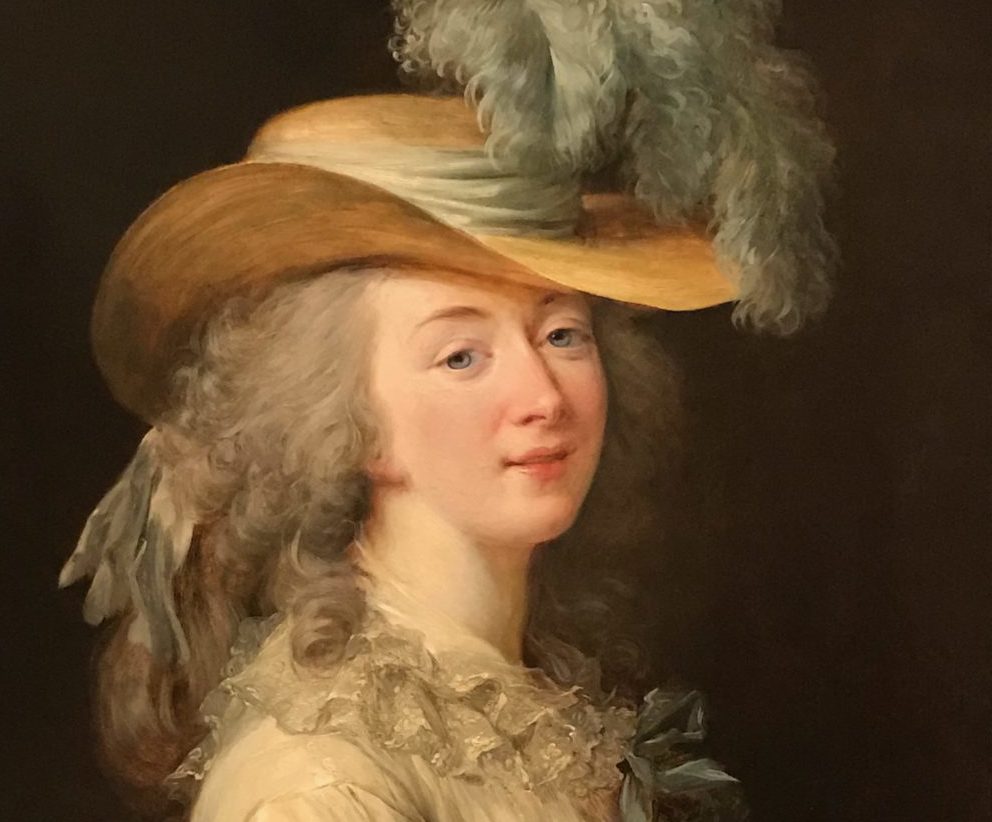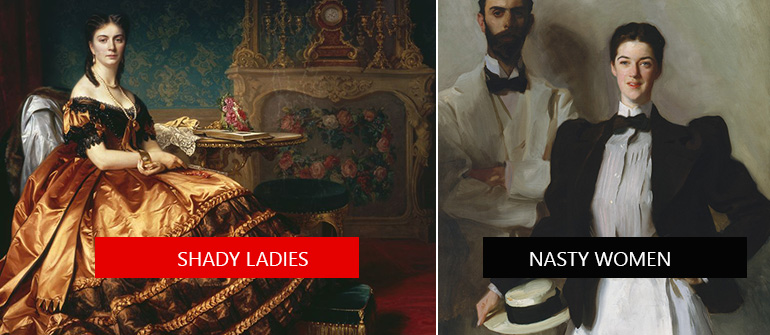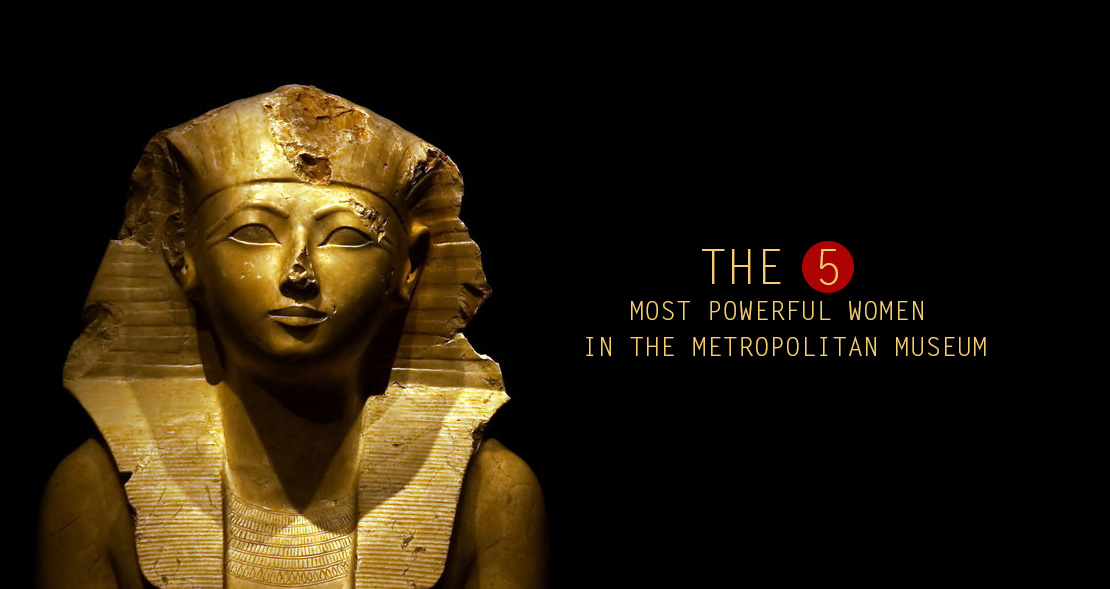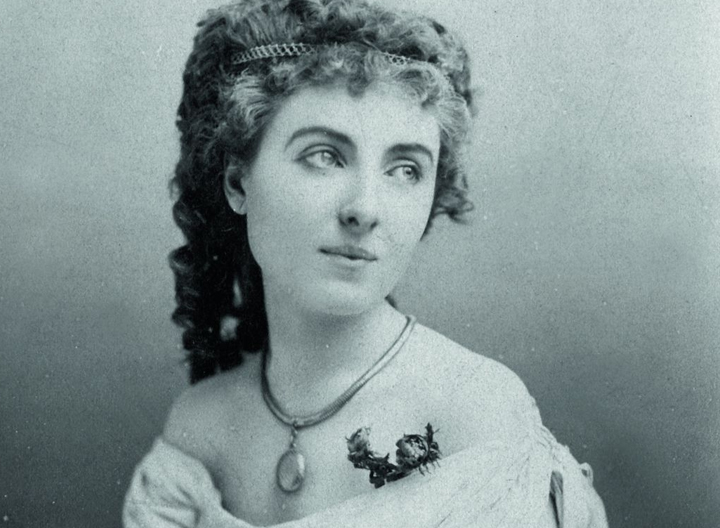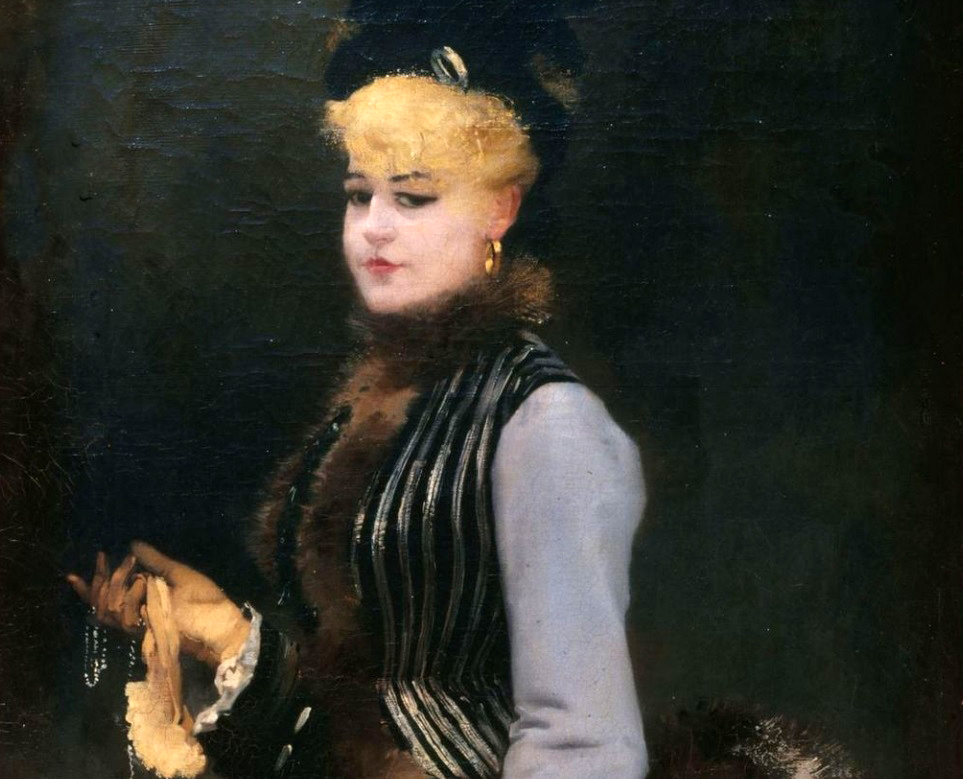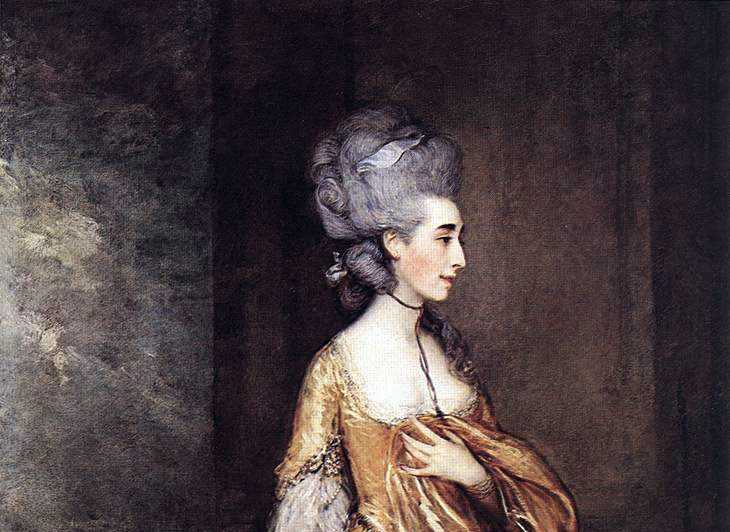30 May Shady Ladies of the Philadelphia Museum
Posted at 01:54h in art history, courtesans, philadelphia museum of art, Shady Ladies, Women's History
The Philadelphia Museum of Art is not as big as the Metropolitan, and it might not be possible to arrange all the theme tours that we can in NYC. However, it has some wonderful Shady Ladies in its collection. Indeed, it has a great prize: Elizabeth Vigée Le Brun's iconic portrait of Madame du Barry, the last royal mistress of ancien régime France, whose famously seductive, almond-shaped eyes are the focus of the painting.


